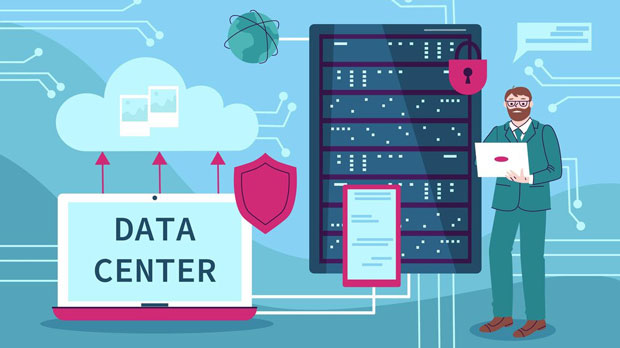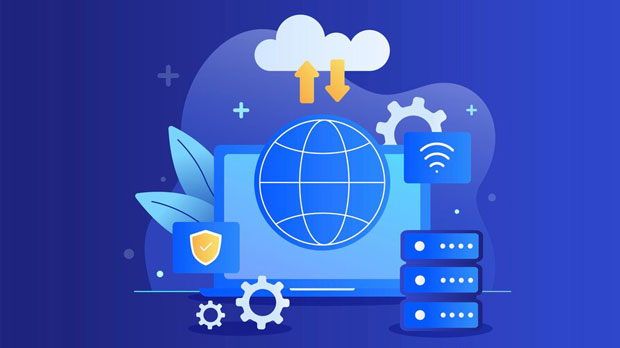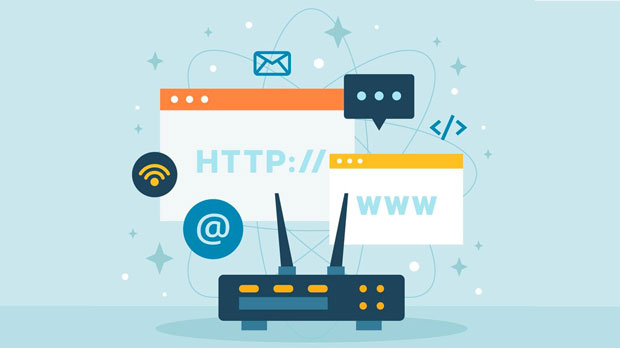When using proxy services, especially residential sock s5 proxies, understanding how promotional offers, such as coupon codes, apply is crucial for customers seeking to optimize their purchases. A common question arises: do PYPROXY coupon codes apply universally across all regions for residential socks5 proxy nodes? In this article, we will explore the scope of these coupon codes, how they interact with geographical restrictions, and whether customers can expect the same benefits regardless of their location. By the end of this article, readers will have a clearer understanding of how to maximize the value of these offers while utilizing proxies effectively. What are Residential SOCKS5 Proxies?Residential SOCKS5 proxies are proxy servers that route internet traffic through real residential IP addresses, rather than data center IPs. These proxies are highly valued for their ability to mimic genuine user behavior, making them ideal for tasks like web scraping, bypassing geo-blocked content, and performing anonymous browsing.Unlike traditional datacenter proxies, which can be easily flagged as suspicious, residential proxies are often less detectable because they appear as regular residential internet users. SOCKS5, on the other hand, is a protocol that allows proxies to offer enhanced features like support for all types of internet traffic and high security, making it one of the most preferred proxy protocols for many use cases.How Do PyProxy Coupon Codes Work?Coupon codes, including those for PyProxy, are marketing tools designed to give customers a discount on their purchase or a specific service. These codes can be entered during the checkout process and often provide a percentage off, a fixed amount of discount, or a special offer for specific products or services.However, not all coupon codes apply universally to all services or regions. The application of these codes can depend on several factors such as:- Type of Service: Some coupon codes are exclusive to certain proxy services, like residential proxies, while others may only apply to SOCKS5 proxies.- Geographical Restrictions: Certain coupon codes may be limited to specific regions or countries. For instance, a promotion might only be valid for users in North America, while others may be available globally.- Validity Period: Coupon codes often come with expiration dates, and after that period, they become inactive.- Minimum Spend Requirements: Some coupon codes require a minimum purchase to be eligible for the discount, meaning customers must spend a certain amount before they can apply the code.Geographical Impact on Coupon Code UsageThe effectiveness of a coupon code for PyProxy can often depend on the region in which the user is located. Geographical restrictions are common in promotional campaigns, as companies often run region-specific offers based on their marketing strategy, regional demand, or compliance with local laws.For example, if a coupon code is targeted at North American customers, it may not work for users located in Asia or Europe. In contrast, some global coupon codes may apply universally to all regions, but they could come with specific restrictions such as limited usage per account or product type.In the context of residential SOCKS5 proxies, geographic location can also affect the availability of proxy servers themselves. Some regions may have more proxy nodes available than others, and certain nodes may be available only in specific locations. This adds another layer of complexity to the applicability of coupon codes.Regional Proxy Availability and Coupon CodesPyProxy's residential SOCKS5 proxies are often distributed across multiple regions, and each region might have different numbers of available proxy nodes. The availability of proxies in different regions can be influenced by several factors:- Demand for Proxies: Some regions may experience higher demand for proxies due to factors like internet censorship, regional content restrictions, or a higher number of customers in that area.- Infrastructure Limitations: In some areas, infrastructure may limit the availability of residential proxies. For example, certain countries may face restrictions on residential proxy usage due to government regulations.- Performance Variability: The quality and speed of the proxies can vary by region, with some areas offering faster and more reliable connections due to better infrastructure or fewer users on the network.These regional variations can impact how well a coupon code works. If a region with fewer proxies is covered by the coupon, it might limit the user’s options or reduce the overall effectiveness of the coupon.Can Coupon Codes be Used for All Proxy Nodes?While PyProxy may offer coupon codes for discounted residential SOCKS5 proxies, the applicability to all proxy nodes is not always guaranteed. Here are a few scenarios where this might occur:- Specific Node Availability: Some coupon codes may be valid only for proxies from certain regions or servers. For instance, a coupon code might only apply to proxies located in North America, leaving other regions like Europe or Asia excluded.- Service Type Limitations: Coupon codes might only apply to certain types of proxies within the service, such as a discount for residential proxies but not for other types like mobile or data center proxies.- Quota-based Restrictions: Some proxy services may have a limited number of proxy nodes available for coupon users, meaning customers might not have access to the full range of proxies that are available in their chosen region.For customers who are interested in using the coupon code across multiple regions, it is essential to check with PyProxy or any proxy service provider regarding any potential restrictions on the proxies they wish to use.Maximizing the Value of Coupon Codes for Residential SOCKS5 ProxiesTo maximize the value of a coupon code for residential SOCKS5 proxies, customers should consider the following tips:- Check Regional Availability: Before using a coupon code, ensure that it applies to proxies in the region where you need them. Some services may have region-specific offers that align better with your needs.- Verify Proxy Node Availability: Review which types of proxy nodes are available in your region and whether the coupon code applies to those specific nodes. This can help you avoid issues with limited proxy selection.- Combine Coupons with Other Offers: Some services may allow you to combine coupon codes with other discounts, such as bulk purchase offers or loyalty rewards, which can provide even greater savings.- Read Terms and Conditions: Always read the terms and conditions of the coupon code to ensure you understand the eligibility requirements, such as minimum spend or specific service types.PyProxy coupon codes can be an excellent way to save money on residential SOCKS5 proxies, but their applicability can vary depending on factors like region, service type, and proxy node availability. By understanding these factors and verifying the coupon code’s eligibility, customers can make informed decisions that maximize the value of their purchases. Additionally, staying aware of regional restrictions and other limitations will help ensure that the proxy services selected align with your needs, offering both performance and cost-efficiency.
May 13, 2025



































































